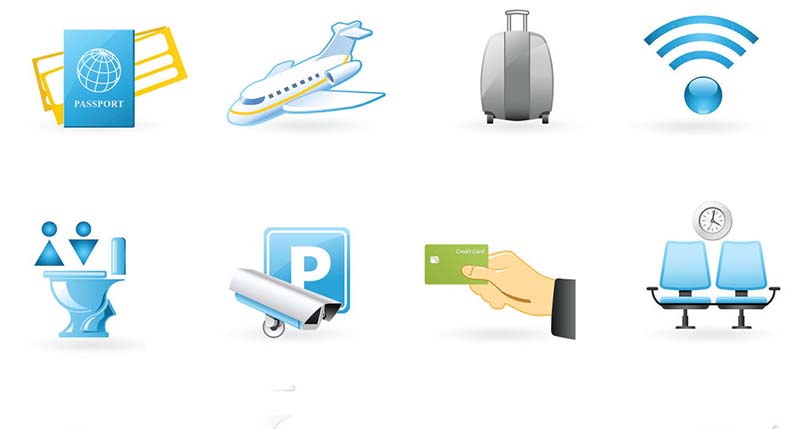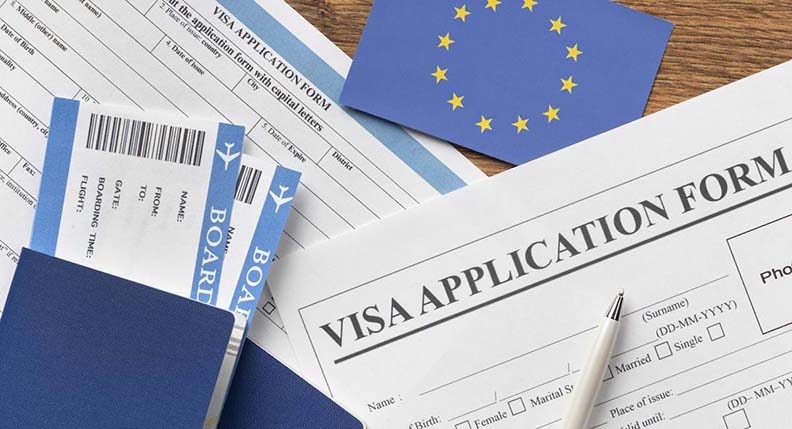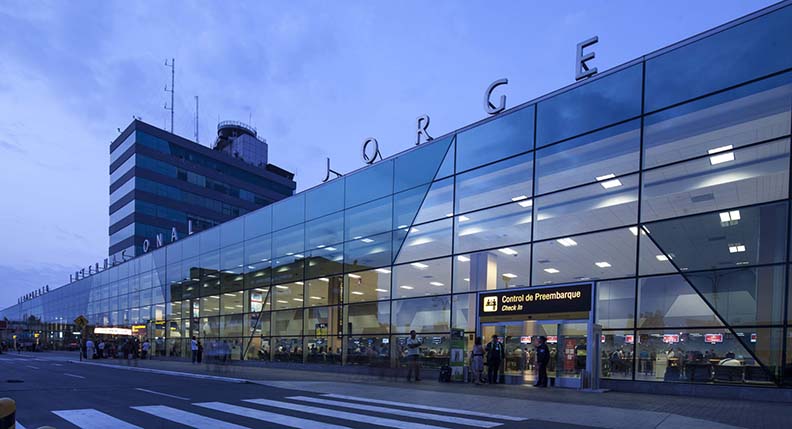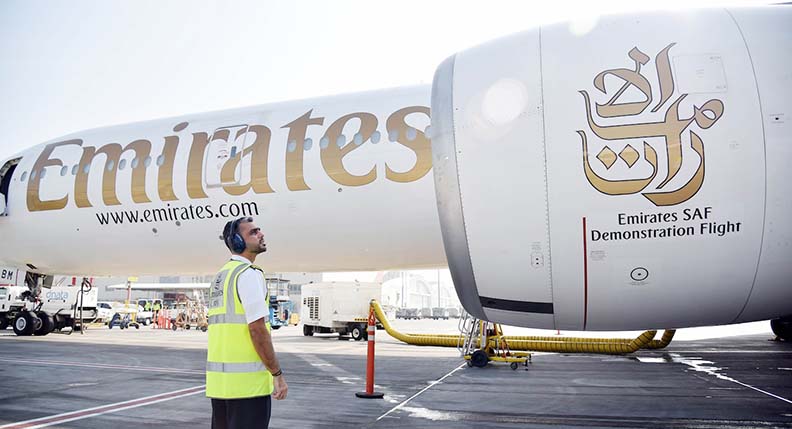Peru, a land of unparalleled beauty and cultural richness, has become a magnet for travelers seeking unique and immersive experiences. From the awe-inspiring wonders of Machu Picchu to the culinary delights of Lima, Peru offers a treasure trove of experiences. If you’re planning a trip to this South American gem, it’s crucial to navigate the intricacies of flying to and within the country efficiently.
Your Gateway: Jorge Chávez International Airport in Lima
For most international travelers, Jorge Chávez International Airport (LIM) in Lima serves as the primary point of entry into Peru. This modern and well-connected airport is not only the largest in Peru but also the busiest in South America. It serves as a major hub for both domestic and international flights, offering travelers a gateway to Peru’s diverse destinations.
Choosing Your Airline
Peru is well-served by a variety of airlines from around the world. Some of the prominent ones include:
- LATAM Airlines: As one of the largest carriers in South America, LATAM offers an extensive network of both domestic and international flights, making it a convenient choice for travelers exploring Peru.
- Avianca: This Colombian airline boasts a strong presence in Peru and provides connections to various South American and international destinations.
- U.S. Carriers: American Airlines, Delta, United, and other major U.S. carriers operate flights to Lima, offering convenient options for travelers from North America.
- International Airlines: Carriers like Air Canada, Air France, Iberia, and Lufthansa also offer routes to Lima, catering to travelers from Europe and beyond.
Booking Your Flights
To secure the best deals on flights to Peru, consider using online travel agencies (OTAs) like Expedia, Kayak, or Google Flights. Additionally, make sure to explore the official websites of the airlines operating in Peru, as they often feature exclusive promotions and offers.
When booking, keep in mind that flight prices can vary depending on the time of year, so it’s advisable to plan ahead, particularly if you’re traveling during the peak tourist season, which typically spans from June to August.
Domestic Flights within Peru
Given the vastness of Peru and its diverse landscapes, domestic flights are a convenient way to explore different regions. Airlines like LATAM, Avianca, and Viva Air operate frequent domestic routes, connecting Lima to destinations such as Cusco, Arequipa, Iquitos, and more. While domestic flights in Peru are generally reliable, it’s wise to book tickets in advance, especially during peak travel seasons.
Airport Facilities and Services

Peruvian airports, including Jorge Chávez International Airport in Lima, offer a range of facilities and services to enhance your travel experience. These amenities include:
- Duty-Free Shopping: Explore a variety of duty-free shops offering local products, souvenirs, and international brands.
- Dining Options: Enjoy Peruvian cuisine and international fare at the airport’s restaurants and cafes, ensuring you savor the flavors of Peru until the last moment.
- Currency Exchange: Currency exchange counters and ATMs are readily available for currency transactions.
- Wi-Fi: Most major airports in Peru provide free Wi-Fi access, allowing you to stay connected while you wait for your flight.
- Transportation: Convenient taxi and shuttle services are readily available for airport transfers, making it easy to reach your destination.
Language and Communication
While Spanish is the official language in Peru, you’ll find that many airport personnel and airline staff also speak English, especially in international airports like Lima. However, learning some basic Spanish phrases can be helpful, especially when interacting with locals in smaller airports or during your travels within the country.
Visa and Entry Requirements

For most travelers, including citizens of the United States, Canada, and the European Union, a visa is not required for tourism purposes when visiting Peru. However, it’s crucial to check the latest entry requirements and visa policies for your specific nationality before traveling to ensure a hassle-free entry into the country.
Health and Safety Precautions
Peru’s diverse climate and altitudes mean that you should be prepared for varying weather conditions. In high-altitude areas like Cusco and Machu Picchu, be mindful of altitude sickness, stay hydrated, and acclimatize gradually to the thin air. Additionally, ensure you have travel insurance that covers medical emergencies, and consult with your healthcare provider about any recommended vaccinations for your trip.
Exploring Peru: Ground Transportation
While domestic flights are efficient for covering longer distances, Peru also offers a range of ground transportation options. Buses and taxis are readily available in cities and towns, and rideshare apps like Uber operate in major urban centers. If you plan to explore remote areas or take scenic routes, consider booking guided tours or renting a car to fully immerse yourself in Peru’s diverse landscapes.
Peru beckons with its rich cultural heritage, natural wonders, and vibrant cities. By understanding the nuances of flying to and within the country, you’ll set the stage for a memorable journey. Whether you’re exploring the bustling streets of Lima or embarking on a trek to Machu Picchu, careful planning and these airline and airport tips will ensure that your Peruvian adventure soars to new heights. Prepare to be captivated by Peru’s beauty and warmth as you embark on an unforgettable journey to South America.



